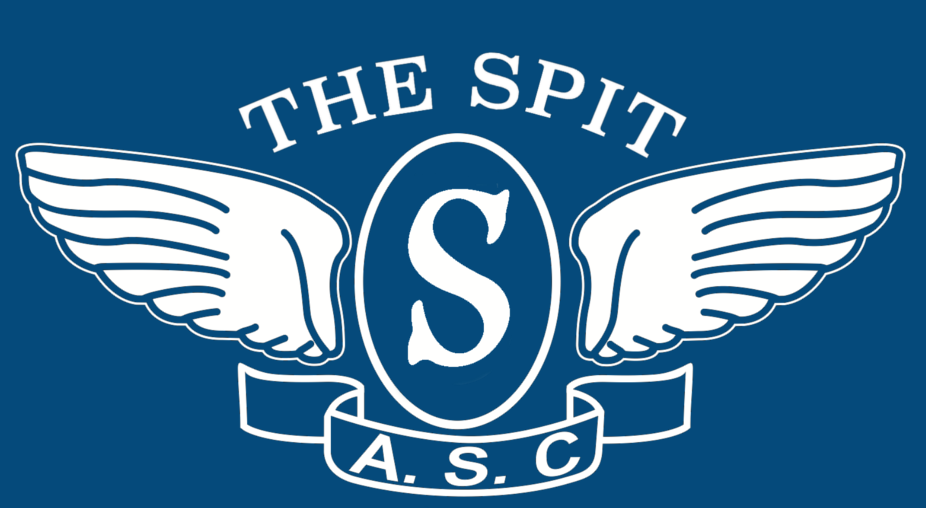A video conference enables remote board members to see one another, even if they use different kinds of devices. For meetings, non-profits can choose from a range of video conference platforms, including Zoom, GoToMeeting WebEx, and Google Meet. Non-profits can also use a board management software which includes a meeting interface to allow remote participation, without leaving the platform.
While the majority of discussions at a meeting are conducted through audio the ability to see face expressions can help encourage more participatory and interactive meetings. To ensure that everyone is heard, the chair should call on board members who haven’t spoken, and limit the number of people speaking at one time. This ensures that no person is in control and ensures a balanced process of decision making. To reduce background noise, have attendees turn off their phones and press the mute feature when not talking.
Certain directors may be uneasy with a virtual meeting environment and are hesitant to speak up, which limits their engagement and the effectiveness of the meeting. This can be addressed by providing an easy-to-use meeting interface, offering a training session to familiarize participants with the software and encouraging them to practice prior to the actual meeting. The board may also establish an agenda that is strict and limits the duration of each item to ensure that the meeting runs efficiently and the desired result is reached. Board members can highlight and take notes on documents that are digital to improve their participation and speed up the meetings. They can share their notes with other members to help collaborate and improve the quality of their minutes.
board-room.blog/the-ultimate-market-guide-for-board-portals/
